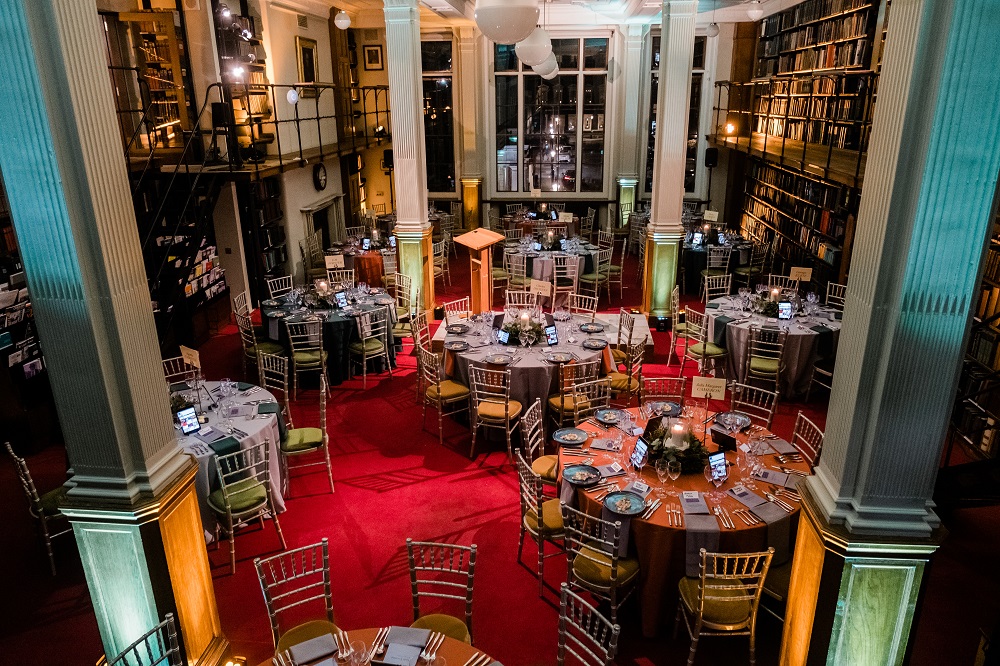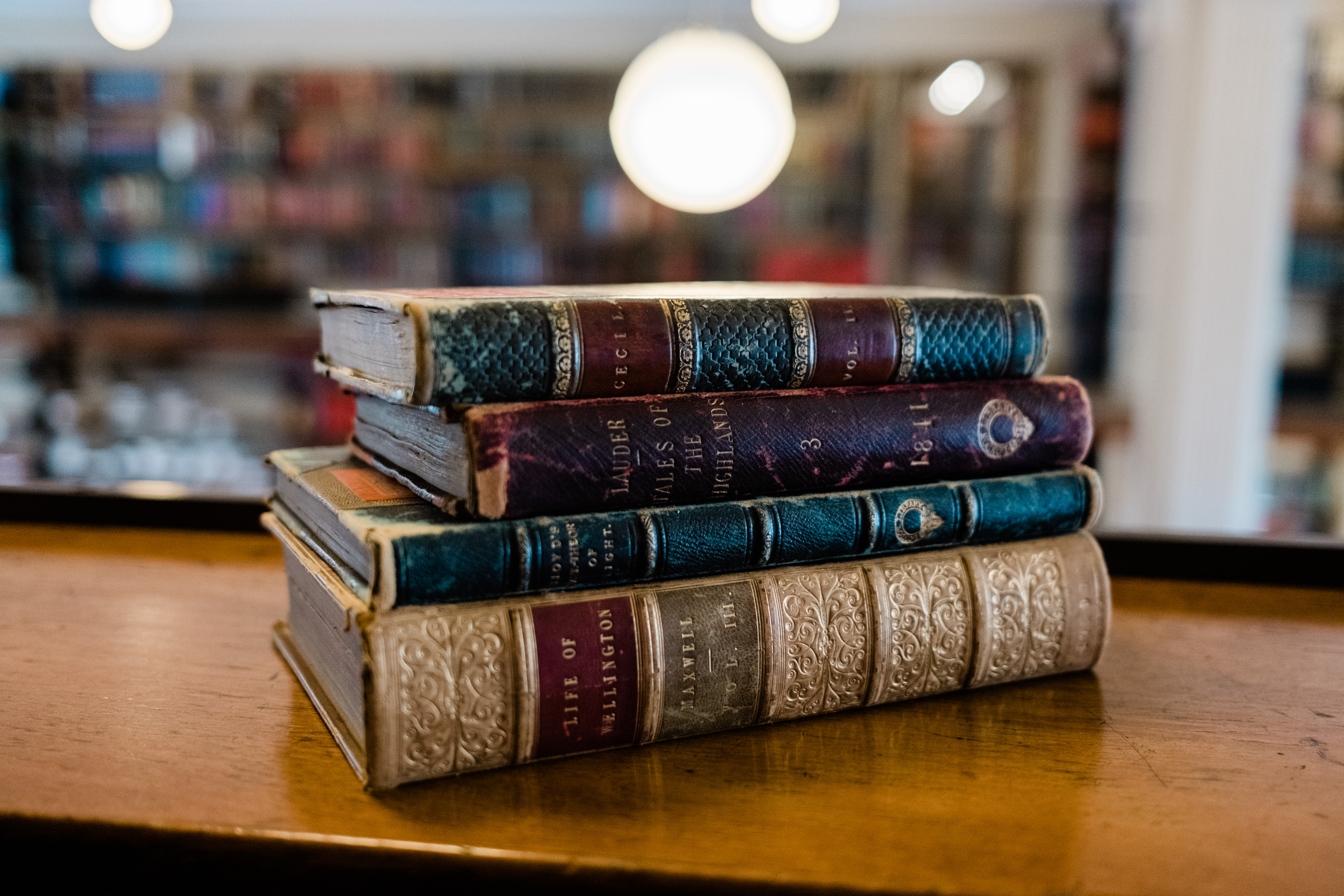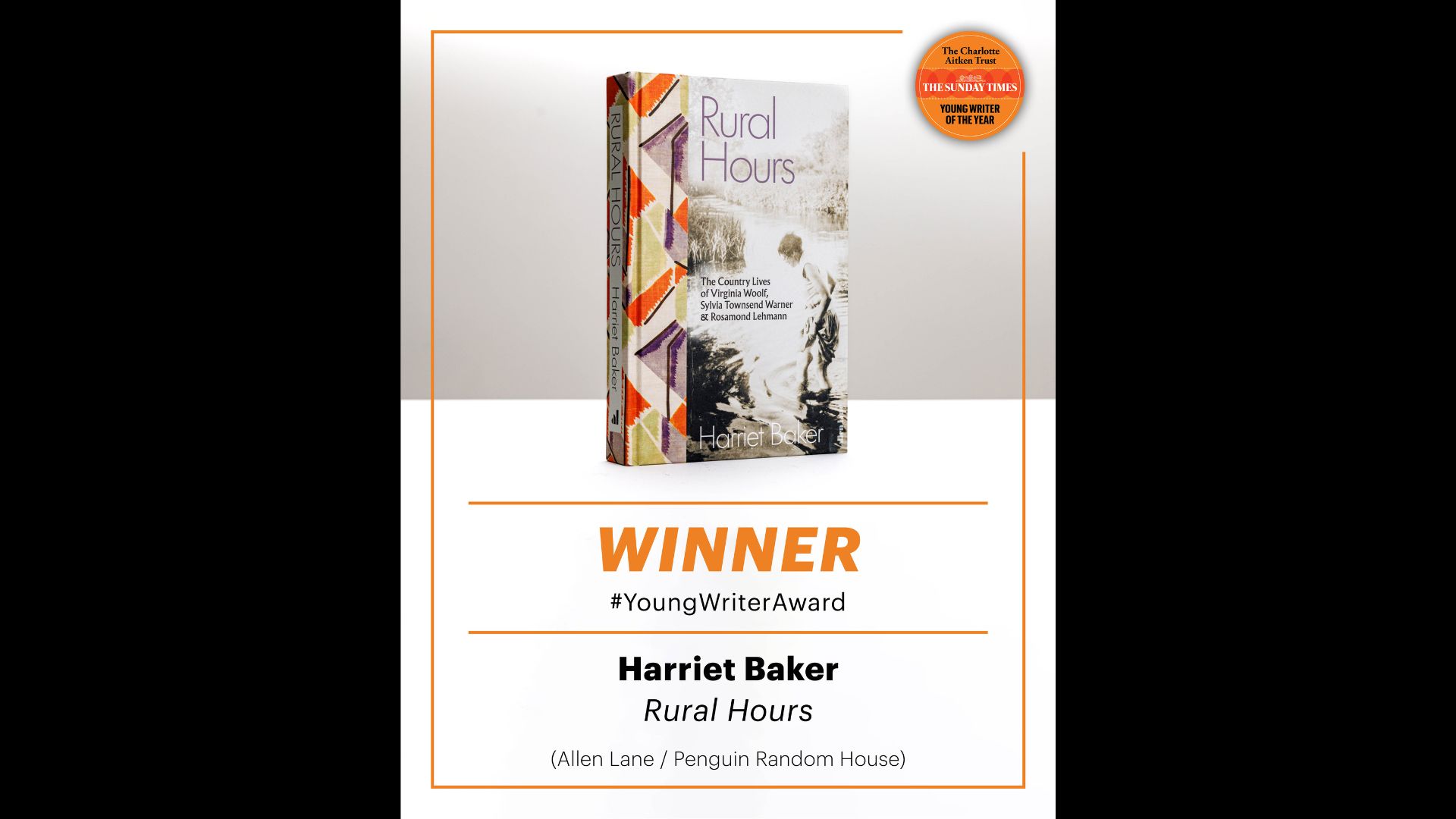Is love a gentle emotion that inspires sonnets, an all-consuming passion that drives people to desperate actions, an enigma that defies explanation, an absurdity that deserves to be ridiculed or a dangerous affliction that should come with a health warning? By Dunia Garcia-Ontiveros, Head of Bibliographic Services at The London Library, adapted from an article originally written for History Today.
Judging by some of the earliest books in the London Library’s collections writers in the 15th and 16th centuries believed that love was all of these things. The approach to love in these books ranges from sentimentality to cynicism.
Among these are two volumes of love poems by fairly obscure and unlikely figures who couldn’t be further removed from the ideal of the romantic poet.
Caio Baldassare Olimpo Alessandri (1486-ca. 1540) from Sassoferrato was a member of the Franciscan Minorite order and a ‘most acute bachelor’. Encouraged by his friends he composed love poems to rest his ‘fatigued mind’ after years of studying philosophy. He even recited his poetry accompanying himself with a lute, just as the young man depicted on the title page of this edition of his last work, Aurora (printed in Venice in 1536), though in his friar’s habit Alessandri probably did not look quite so dashing.
Giovanni Bruni (1474-1540) from Rimini suffered a great loss when his first love and muse died in 1500. Still, his broken heart soon mended and in 1501 he married and went on to father ten children. He was a ‘passionate dilettante and a mediocre poet’ and that may be the reason why the Venetian printer who produced this 1533 edition of his Rime Nuove Amorose felt the need to ‘spice things up’ by decorating the title page with suggestive vignettes. Any buyer who purchased the book looking for titillation would have been sorely disappointed to discover its chaste content. The work was nevertheless quite popular and was reprinted many times both in Venice and Milan.
In Cárcel de amor (Prison of love) we have a stunning example from the pen of Diego de San Pedro (fl. 1500) of a Spanish sentimental novel in the best tradition of courtly love. Cárcel de amor, first printed in Seville in 1492, proved an instant bestseller and was translated into many languages. The London Library copy, printed in Venice in 1530, is the first Italian translation of this tragic story of unrequited love.
Leriano is in love with Laureola, daughter of the king of Macedonia and professes his love to her in his numerous letters. Laureola does not return his love but she does accept his letters and even writes back.
When a love rival tells the king that his daughter has dishonoured herself the furious father locks her away. Even after Leriano rescues her Laureola remains indifferent .
Rejected and desperate, Leriano commits very slow suicide by refusing food and drink. With his dying breath he proclaims his love for Laureola and his admiration for all women. Just before dying, Leriano who cannot bear to destroy Laureola’s letters or to leave them behind, tears them up, places the pieces in a cup of water and drinks the mixture.
In marked contrast to this uncontrolled and even comical passion we have the cerebral analysis of León Hebreo, the Jewish physician, poet and philosopher born in Lisbon around 1460. Hebreo was a religious exile forced to leave first Portugal and then Spain to settle in Italy where he spent most of his life. His most influential work, Dialogues of Love, attempts to explore the true nature of love through the conversations of two characters, Philo (Love) and Sophia (Wisdom). The work opens with a dialogue on the difference between love and desire. Philo begins by telling Sophia that meeting her awakens both love and desire in him and Sophia replies that these are mutually exclusive. She maintains that we only desire that which we do not have and that once we obtain it, love replaces desire. Hebreo is believed to have written his Dialogues in Italian and the first edition, printed in Rome in 1535, was probably a posthumous one. The London Library copy is a Spanish translation printed anonymously in Venice in 1568.
If Hebreo was able to write dispassionately and evenly about love, our next two authors seem to be openly against it.
Martial d’Auvergne (ca. 1430/35-1508) was a French jurist and poet who indulged his wicked side when he wrote Arrêts d’amour (Judgments of love). In it he parodies both love and the judicial system by presenting fifty one cases tried in a fictitious court of love. The cases presented to the court, such as that of the young woman who complains that her lover objects to her choice of clothes for being too revealing, would not be out of place in a modern day reality TV show. The Arrêts, first written in the early 1460s, were enormously popular as our edition printed in Paris in 1544 proves.
Martial uses satire to poke fun at lovers’ behaviour while Battista Fregoso (1453-1504) carries out a frontal attack on love itself in his Anteros (Anti-Cupid). This Genoese Doge, who had written about Christopher Columbus’ attempts to gain support for his transatlantic travels and produced a series of books on remarkable and memorable facts, also wrote this unequivocal caution where he warns of the harmful effects of erotic brooding, which he likens to a disease. To prevent falling prey to the illness he advocates an avoidance of ‘lascivious sounds’, bawdy songs, and love stories, which may cause dangerous sensual stimulation. The work was first printed in Milan in 1496 and once again our 1581 Parisian edition attests to its lasting appeal.























